“Big, heavy infrastructure is only built once in a while in the Hawke’s Bay,” says Daniel Chisnall, Project Manager for HEB Construction, the team who built Napier Port’s new wharf, “and this is the longest wharf that’s been built in New Zealand for some time.”
With a deck area of 10,500 m2 and reinforcing steel weighing 3,100 tonnes, all to be placed in situ, along with the 2,000 tonnes of steel that make up the 400 pile cages, Napier Port’s new 6 Wharf is a significant construction project for the region.
Construction started in January 2020 and Steel & Tube were invited by HEB Construction to submit an RFQ for the pile cage construction and deck reinforcing.
“We proposed a methodology that would directly address some of the key buildability and health and safety issues of this project,” says Peter Ensor, Steel & Tube’s General Manager of Wire, Reinforcing and Composite Floor Decking Ltd (CFDL). “The critical challenge was to complete the fabrication and placement of each massive reinforced-steel cage as a single unit – something not typically done in New Zealand.”

Cutting-edge methodology
The project required 400 piles of two different diameters, with lengths ranging from 18 to 40 metres. “A 40-metre pile requires a significant reinforcing cage,” says Peter. “We needed to find a safer and more efficient way to build these cages to create a real multiplier effect.”
Whereas the traditional method is to take sections of cage up to 18 metres, lower them into the hole and then clamp them together, Steel & Tube developed a method that enables single pile cages prefabricated in the workshop to be connected in a yard on site. Their solution required investment in a piece of machinery from Europe that would automate the final stage of fabrication.
The second major innovation for the pile cages was to have the crane lift each cage into place and ‘drop’ them straight into the hole. In addition to considerable time and efficiency improvements, the single cage was a significant win for worker health and safety. As the crane lowers the pile cage into place, workers guide the cage from a safe distance using ropes. Beyond installing pile cage spacers, there was no need to have any of the HEB team immediately adjacent to the pile cage during the lowering process.
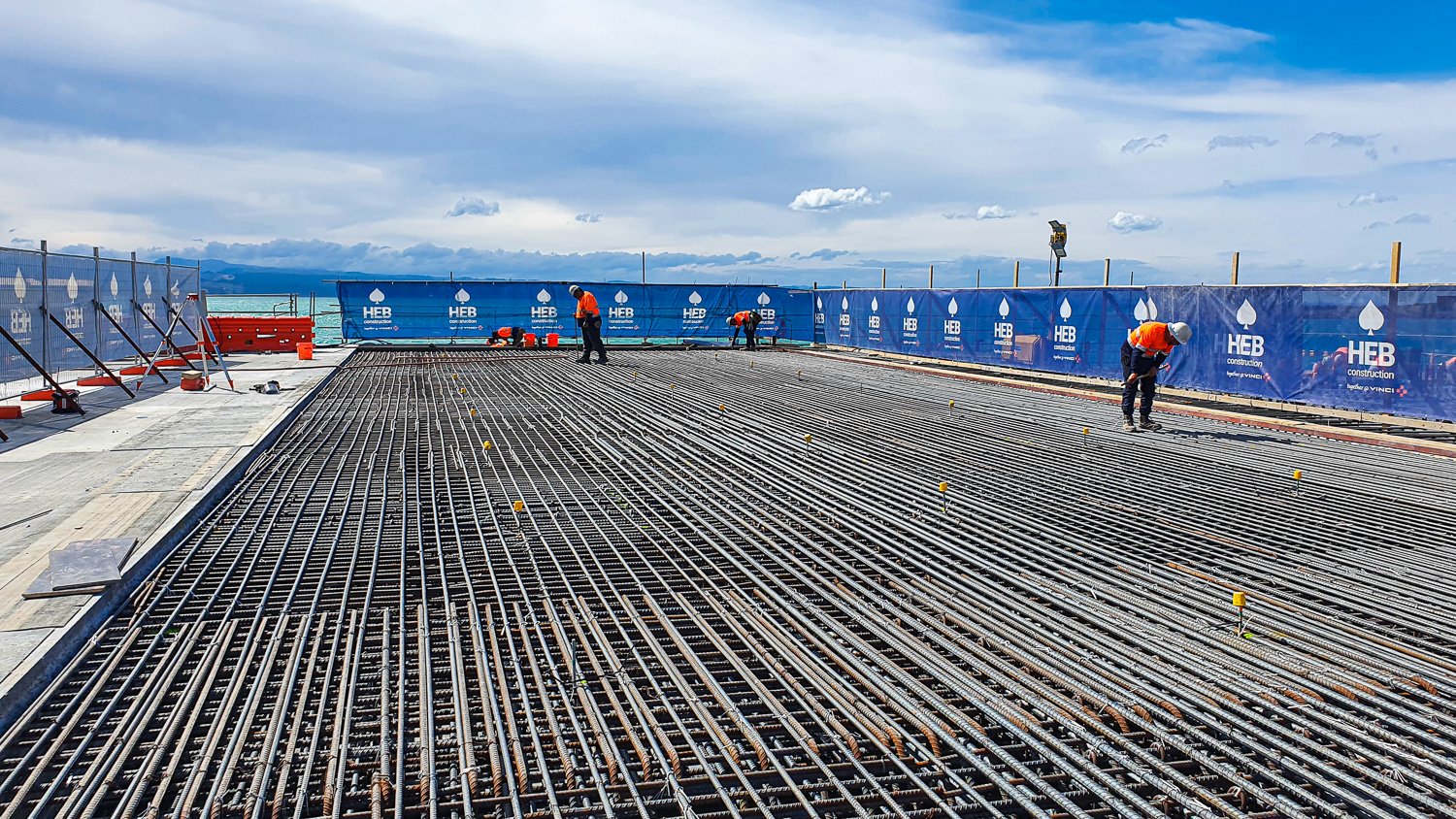
Working within unexpected constraints
Backed by a depth of experience in wharf construction, HEB had already modelled the process both digitally and physically. “We knew the time frame the reinforcing team had to complete each task,” says Daniel. “They had constraints not just in time but also with yard space. Steel & Tube came back with a really smart idea for on-site pile cage construction.”
Unfortunately, the pandemic meant Steel & Tube couldn’t land the machinery necessary for their initial automation plan, and they were forced to change to a manual process – yet they still completed inside the same budget. “We delivered the 40-metre piles,” says Peter. “We fabricated them in sections in Auckland first, then trucked the sections to site for final assembly.”
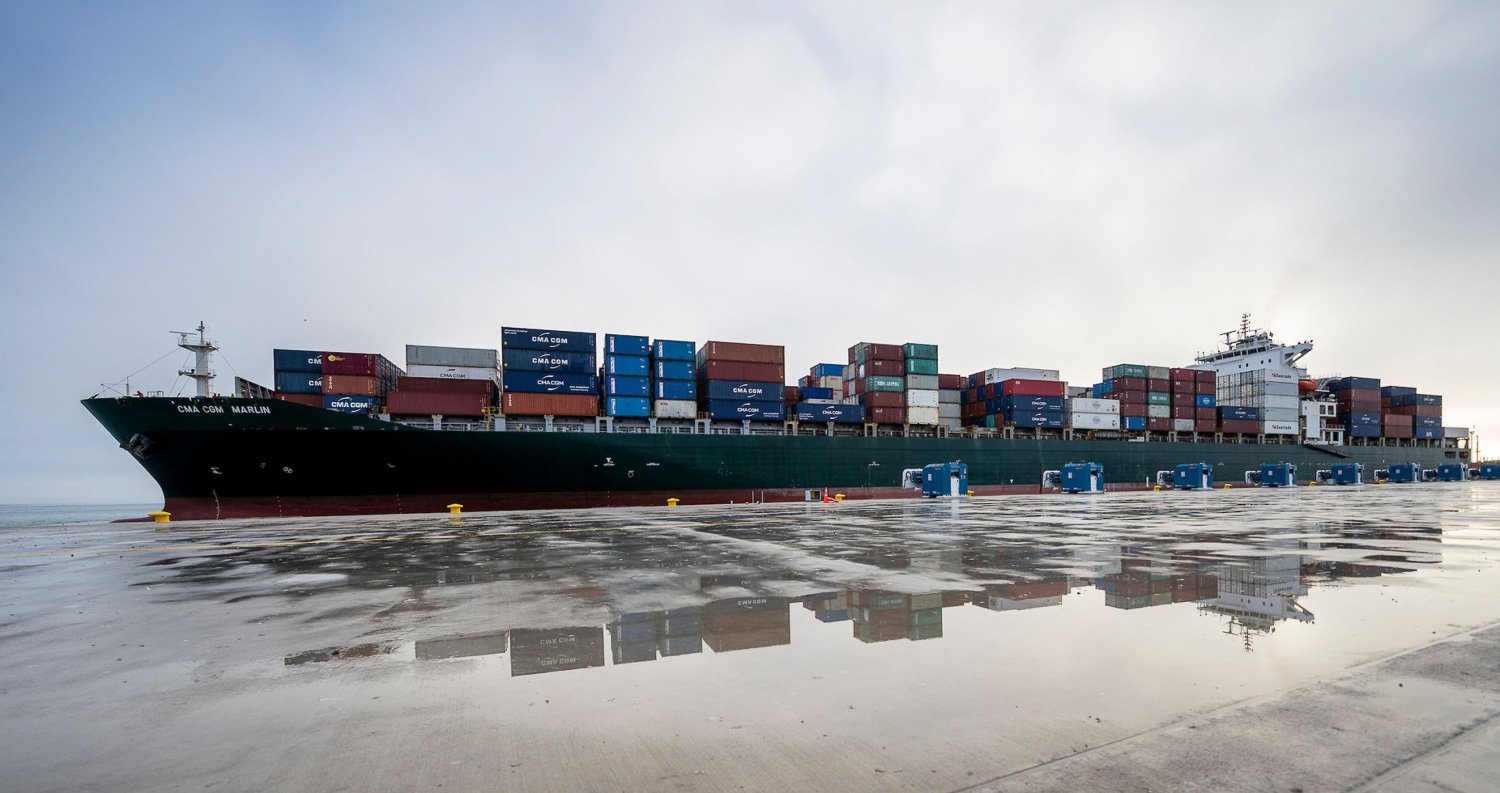
Where time frames are key
HEB used soundings to gauge the depth of the bedrock structure in order to determine the length of each pile. “Peter’s team had a really good method of splicing the cages on site and transporting them to our work front,” says Daniel, “and their tendered method to tailor the length of the piles, which is critical, because when we come to drive a pile and drill it out, we've got a window of 24 hours between knowing the pile length then placing the reinforcing steel and concrete.”
HEB’s process relied on the precise sequencing of events, with all contractors working seamlessly together to hit project targets for Napier Wharf. The methodology was continually refined over the course of building the 400 piles. It helped that Steel & Tube had an existing supply contract with the steel manufacturer, meaning raw material was always available, despite the very real possibility of shortages.
“Without that guaranteed supply, we wouldn’t have achieved the completion dates that we have,” Daniel acknowledges. Though the project’s completion date was set for February 2023, the official open day was held on 22 July 2022, 8 months in advance and under budget. “Steel & Tube were an essential part of that efficiency through collaboration, and a very easy to company to work with,” Daniel says.
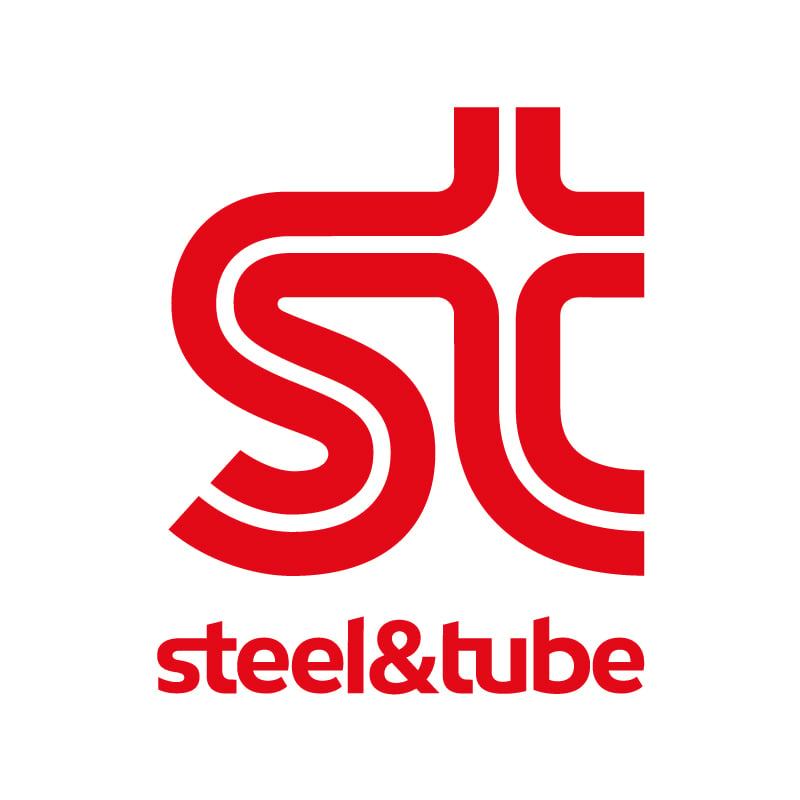






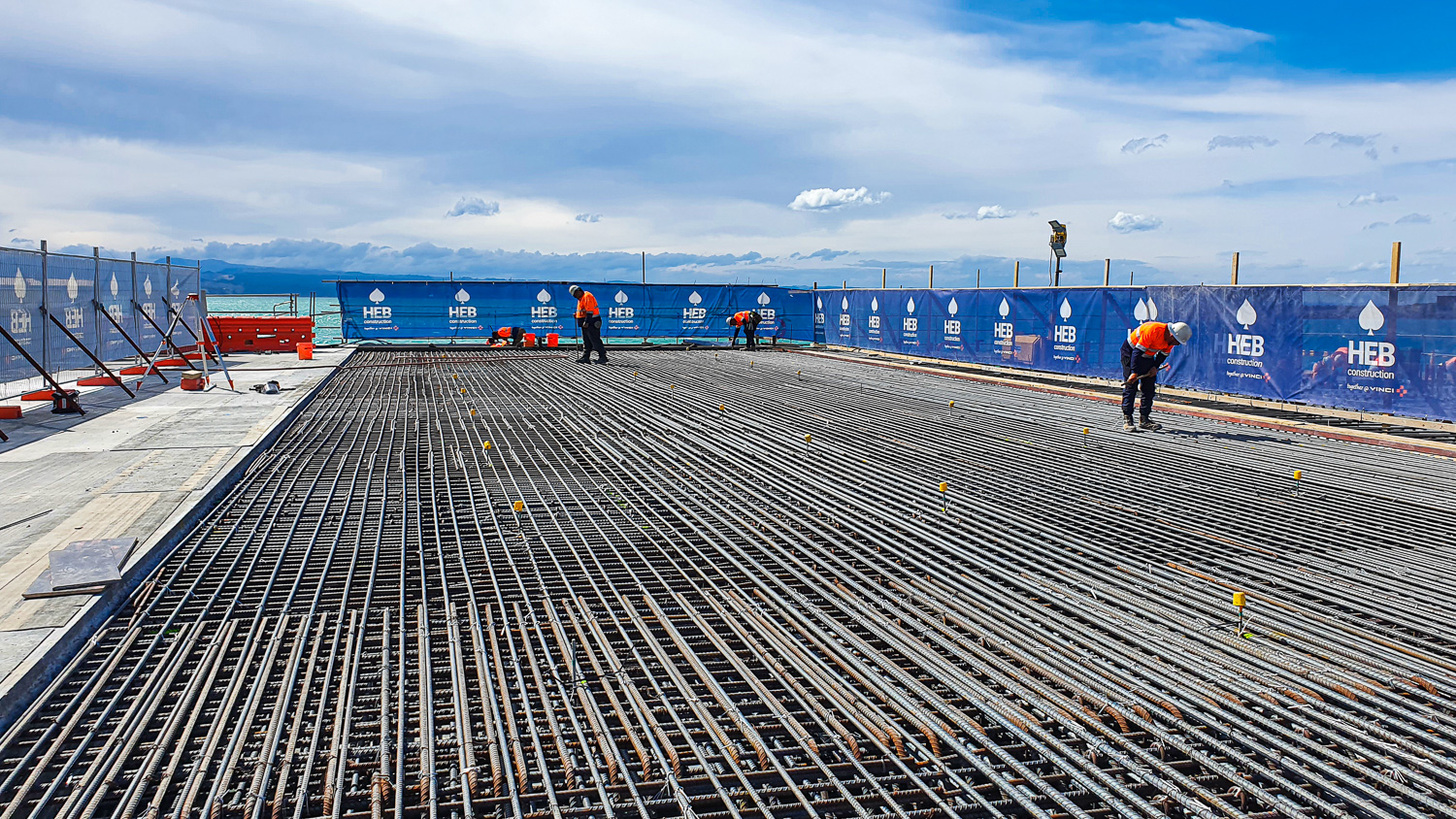
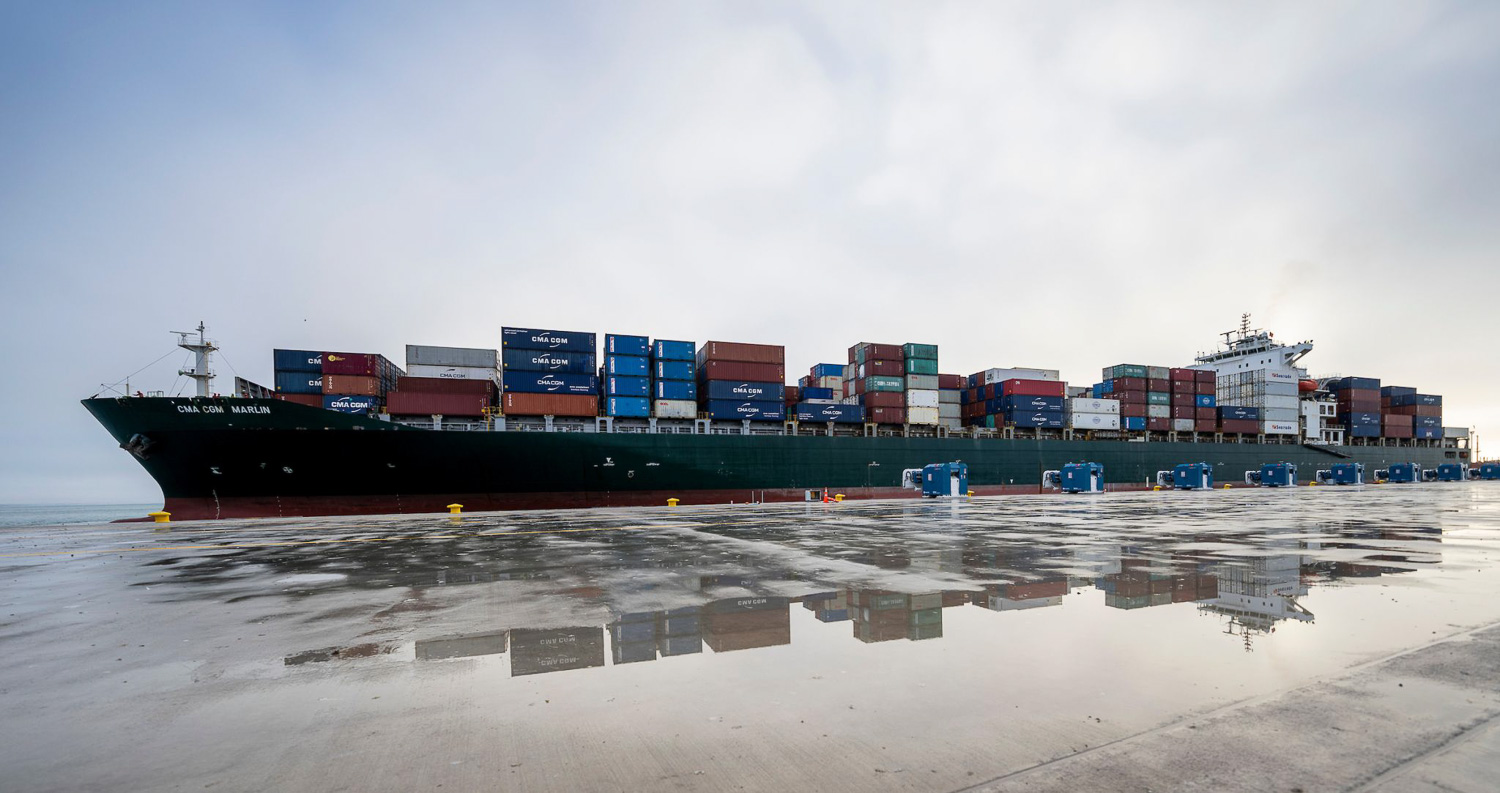

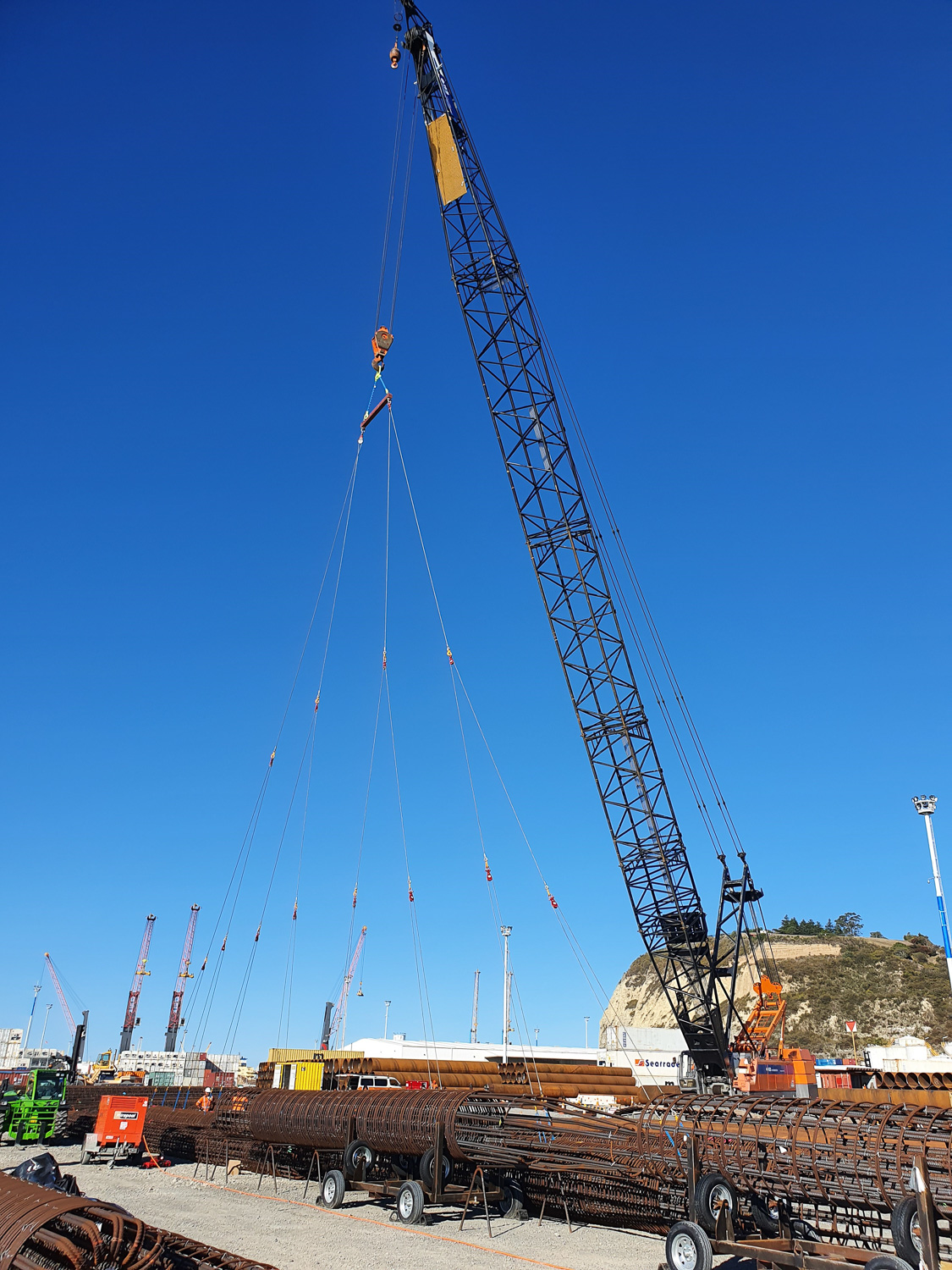
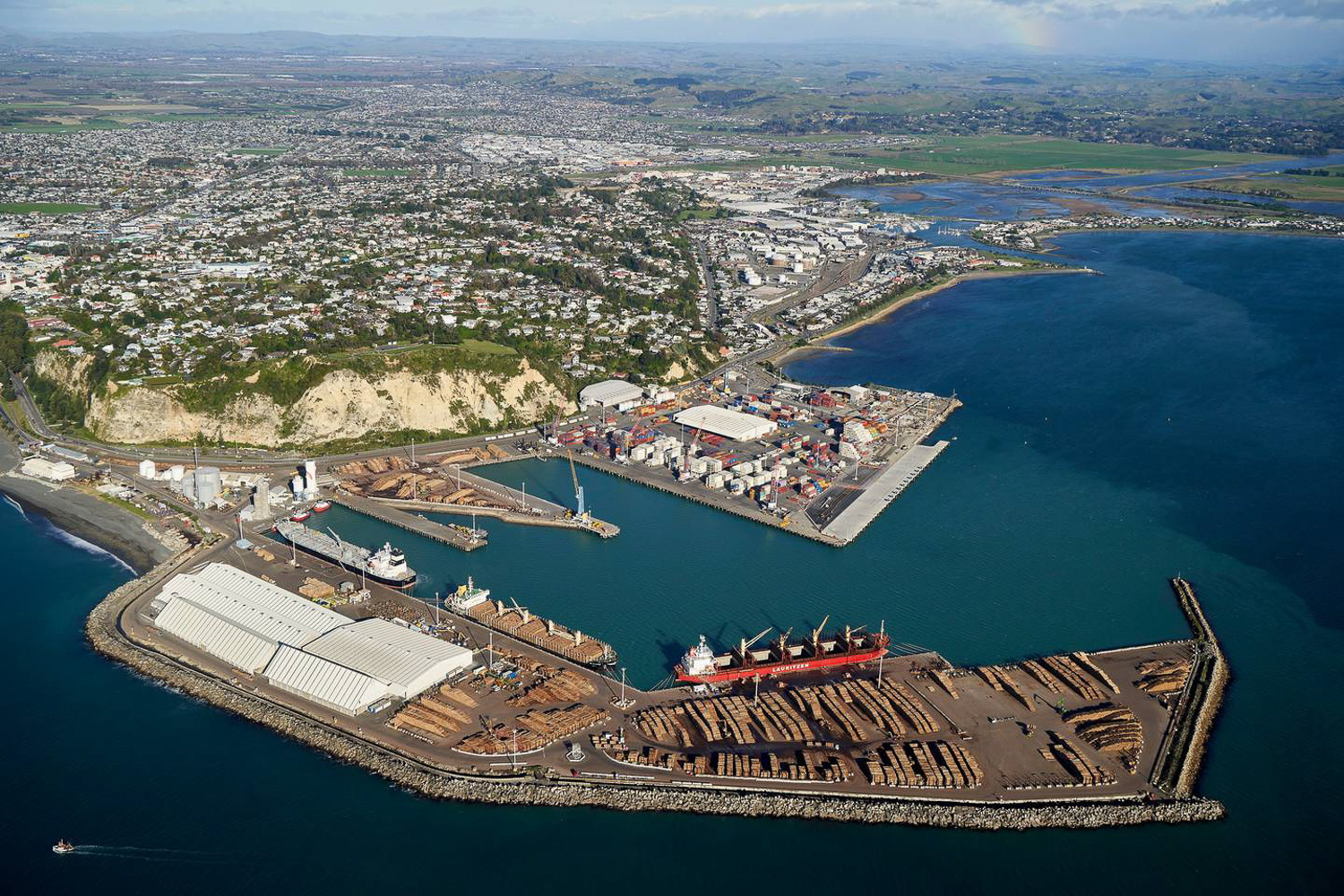


Let Us Know What You Thought about this Post.
Put your Comment Below.